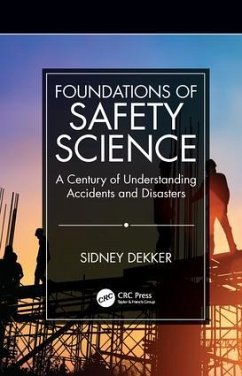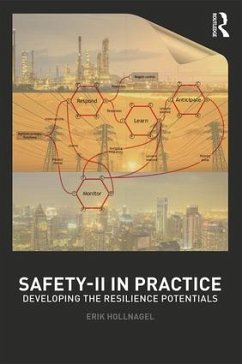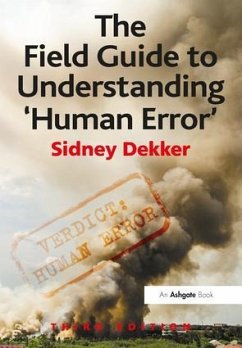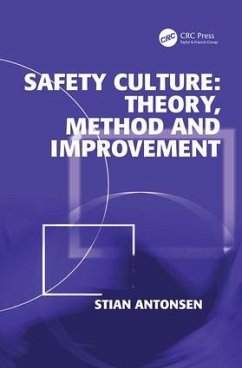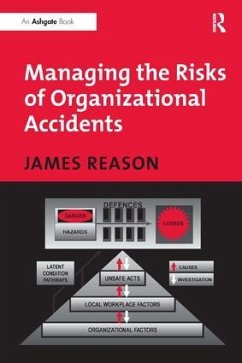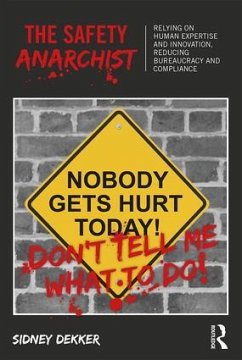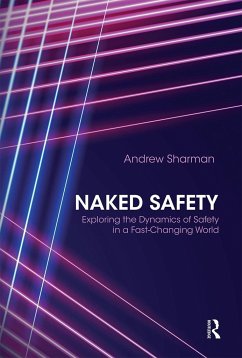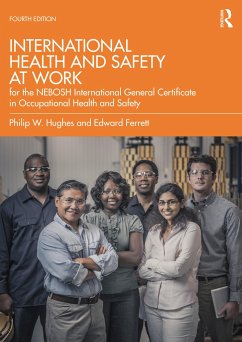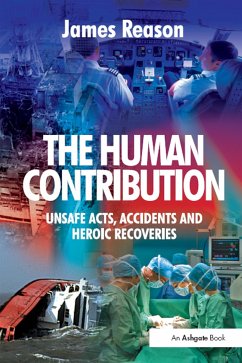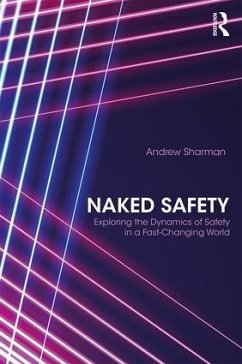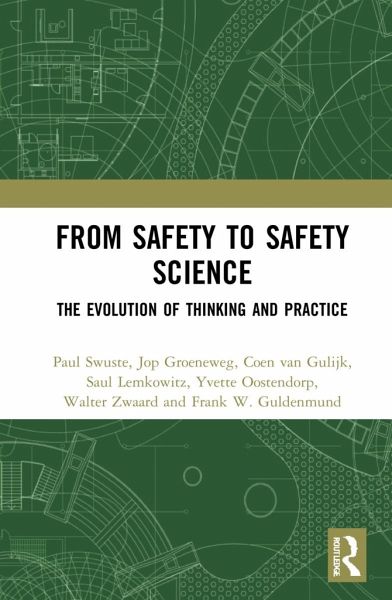
From Safety to Safety Science
The Evolution of Thinking and Practice
Versandkostenfrei!
Versandfertig in 6-10 Tagen
45,99 €
inkl. MwSt.

PAYBACK Punkte
23 °P sammeln!
How do accidents and disasters occur? How has knowledge of accident processes evolved? A significant improvement in safety has occurred during the past century, with the number of accidents falling spectacularly within industry, aviation and road traffic. This progress has been gradual in the context of a changing society. The improvements are partly due to a better understanding of the accident processes that ultimately lead to damage. This book shows how contemporary crises instigated the development of safety knowledge and how the safety sciences pieced their theories together by research, ...
How do accidents and disasters occur? How has knowledge of accident processes evolved? A significant improvement in safety has occurred during the past century, with the number of accidents falling spectacularly within industry, aviation and road traffic. This progress has been gradual in the context of a changing society. The improvements are partly due to a better understanding of the accident processes that ultimately lead to damage. This book shows how contemporary crises instigated the development of safety knowledge and how the safety sciences pieced their theories together by research, by experience and by taking ideas from other domains.
From Safety to Safety Science details 150 years of knowledge development in the safety sciences. The authors have rigorously extracted the essence of safety knowledge development from more than 2,500 articles to provide a unique overview and insight into the background and usability of safety theories, as well as modelling how they developed and how they are used today. Extensive appendices and references provide an additional dimension to support further scholarly work in this field.
The book is divided into clear time periods to make it an accessible piece of science history that will be invaluable to both new and experienced safety researchers, to safety courses and education, and to learned practitioners.
From Safety to Safety Science details 150 years of knowledge development in the safety sciences. The authors have rigorously extracted the essence of safety knowledge development from more than 2,500 articles to provide a unique overview and insight into the background and usability of safety theories, as well as modelling how they developed and how they are used today. Extensive appendices and references provide an additional dimension to support further scholarly work in this field.
The book is divided into clear time periods to make it an accessible piece of science history that will be invaluable to both new and experienced safety researchers, to safety courses and education, and to learned practitioners.





